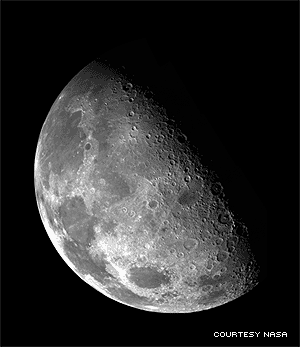Battery-Powered Balancing Robot DIY STEM Kit
$9.99$5.55
 The transition from day to night is caused by the spinning of the Earth about its axis. We experience day when we are on the half of the Earth facing the Sun, and night once we have been spun around to the other side.
The transition from day to night is caused by the spinning of the Earth about its axis. We experience day when we are on the half of the Earth facing the Sun, and night once we have been spun around to the other side.
 'There must be no barriers for freedom of inquiry. There is no place for dogma in science. The scientist is free, and must be free to ask any question, to doubt any assertion, to seek for any evidence, to correct any errors.'
'There must be no barriers for freedom of inquiry. There is no place for dogma in science. The scientist is free, and must be free to ask any question, to doubt any assertion, to seek for any evidence, to correct any errors.'